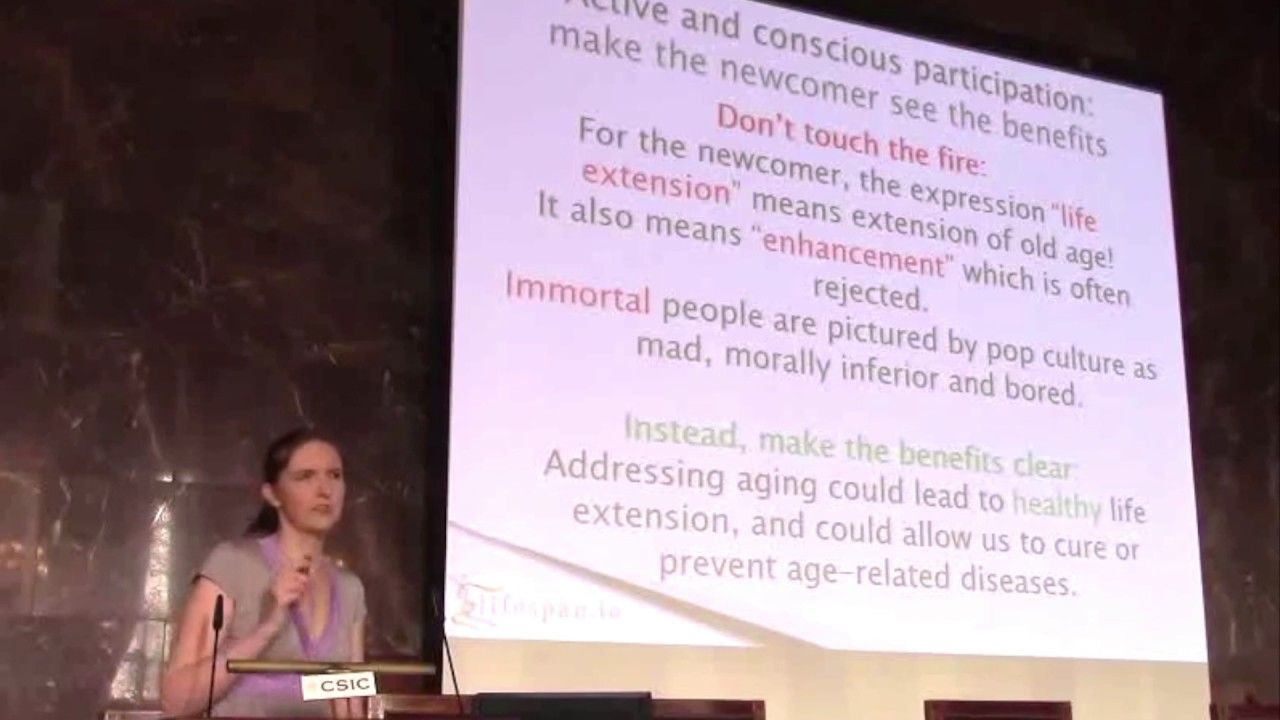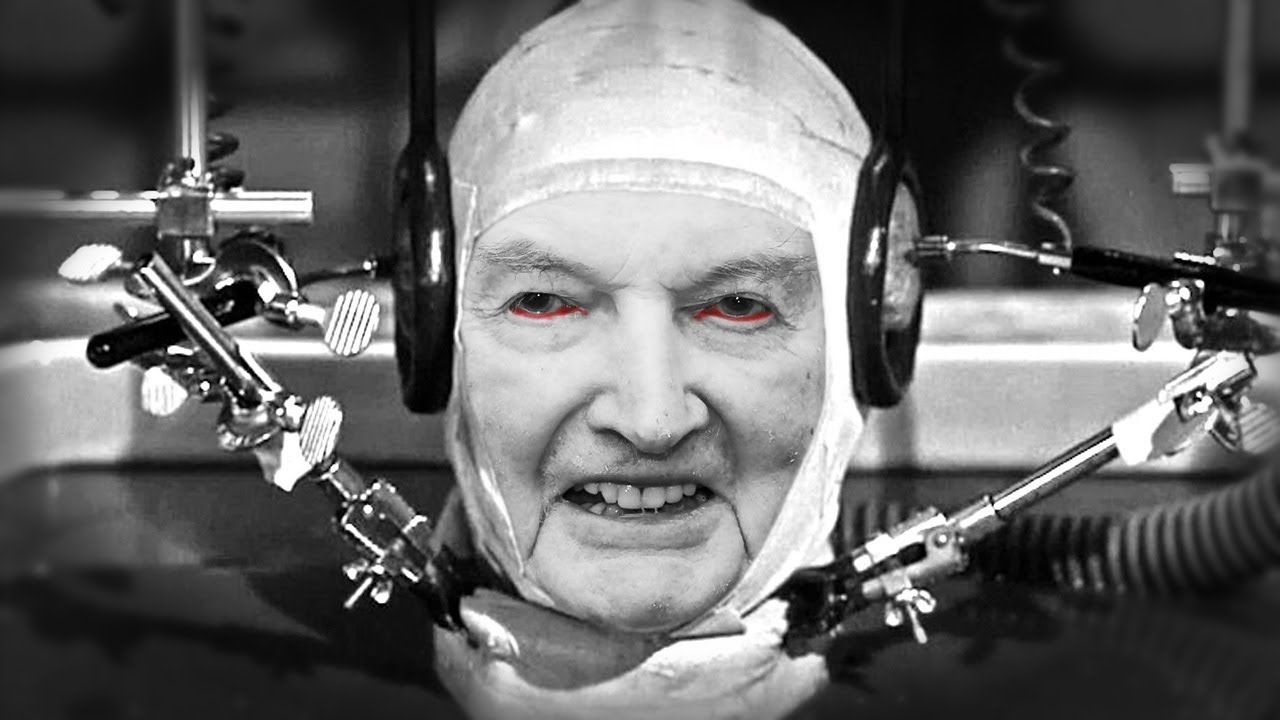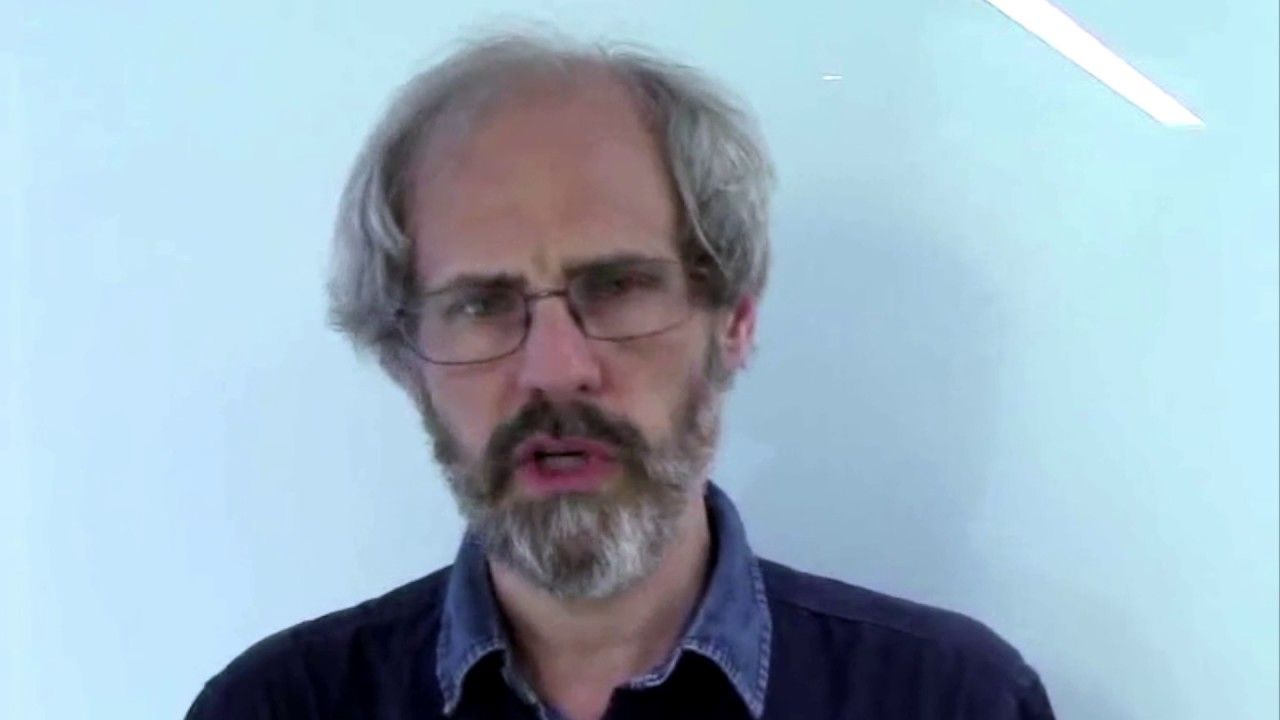Jun 23, 2017
Goodbye Dental Implants, Grow Your Own Teeth In Just 9 Weeks
Posted by Shailesh Prasad in categories: biotech/medical, futurism
https://youtube.com/watch?v=OCkywYanYGk
Everyone knows that there are dental implants that were invented to benefit our lives in many ways, they are extremely useful and a great solution to fill the gap. But, trust me, once you read this you will be amazed.
A group of experts in the dental field has made some amazing discoveries and there has been a really incredible development in the technology of dental implants that goes far beyond the classic implant or denture. They say that these discoveries will give us the chance to grow new and genuine teeth in the oral cavity.
Continue reading “Goodbye Dental Implants, Grow Your Own Teeth In Just 9 Weeks” »


















